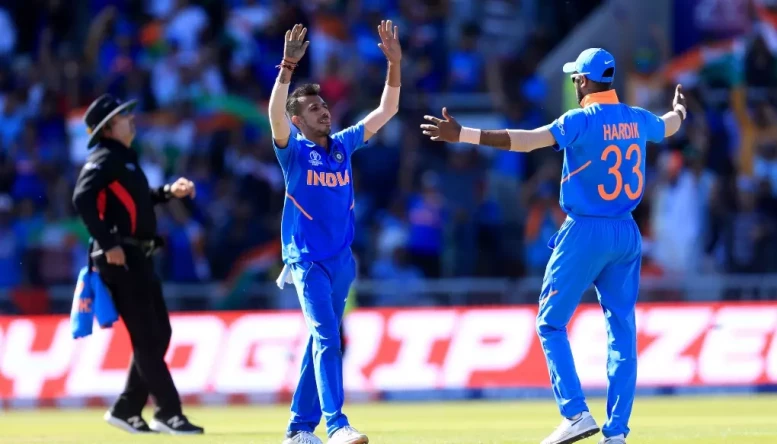T20 World Cup 2022: Was India's defeat to England due to bad luck or poor strategies?
When dissecting India's loss in the T20 World Cup 20220 semi-finals to England, it is tempting to focus on the toss as a decisive factor
 India missing Leg Spinner against England
India missing Leg Spinner against EnglandEngland won the toss and got to bat second on a strip where it eased up considerably under lights – and thus were able to secure a comfortable 10-wicket win to seal their passage to the finals.
However, the idea that a bit of luck at the coin toss was all it took to swing the match so decisively in England's favour ignores two things – their superior reading of the conditions and better execution of their plans.
For one, England choosing to bat after winning the toss was different than most expected. Adelaide had seen teams lose more often than not when chasing, after all.
And even the Indian skipper Rohit Sharma admitted afterwards that he wanted to bat as it is, meaning the Indian think-tank assumed the pitch would play out as it usually has.
But it did not, as it not only stayed true throughout the game but became easier to bat on under the floodlights.
Nevertheless, India's poor strategic calls they had been making through the tournament, worth noting– deserve mention here.
Every team that tasted some success in this tournament had a leg-spinner in their playing XI. India, however, played the entire game with Axar Patel and Ravichandran Ashwin – both of whom are finger spinners.
Now the inclusion of Axar is still understandable since, as a handy lower-order bat, he could potentially fill the void left by Ravindra Jadeja.
However, Ravichandran Ashwin did not come close to being a threat. He kept for his economical bowling, but consistently was expensive and conceded 27 runs in the two overs he bowled against England.
It clearly shows that the plan from the England openers was to target him – he didn't pose the same threat as someone like Adil Rashid in the middle overs.
But that isn't the only issue with India's bowling. The apparent lack of an express pace bowler who could exploit the extra bounce on offer was also glaring.
Looking at the teams that made the semi-finals. Pakistan have Haris Rauf, New Zealand have Lockie Ferguson, and England have – or have had since he is injured – Mark Wood.
The common factor between them is that they can crank up the pace when needed. India's fastest bowler is Mohammed Shami – who, even at his most speed is only hitting the mid-140s and is more of a seam bowler than an out-and-out pacer.
The last major factor that India will rue is their shaky opening partnerships. India, through the tournament, averaged around the same powerplay score as the Netherlands and Zimbabwe.
England, meanwhile, have seen their openers lay a massive platform for them in their last two games. And they look in imperious form going into the final.
So it isn't just down to luck that India is catching an early flight home. Many strategic failings will be reflected if they are to be avoided in the future.
Editor's Picks
- 01
Brendon McCullum: England ready to be 'really brave' in team selection for India series
- 02
Diogo Jota inspires Liverpool surge as injuries fail to dampen Premier League lead
- 03
Cameron Norrie ready to go toe-to-toe with the big boys after stellar Australian Open run
- 04
Maxwel Cornet confident of scoring run after opening West Ham account